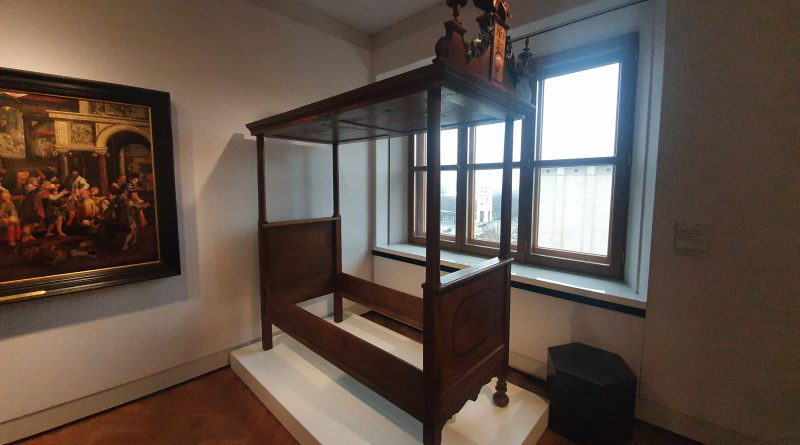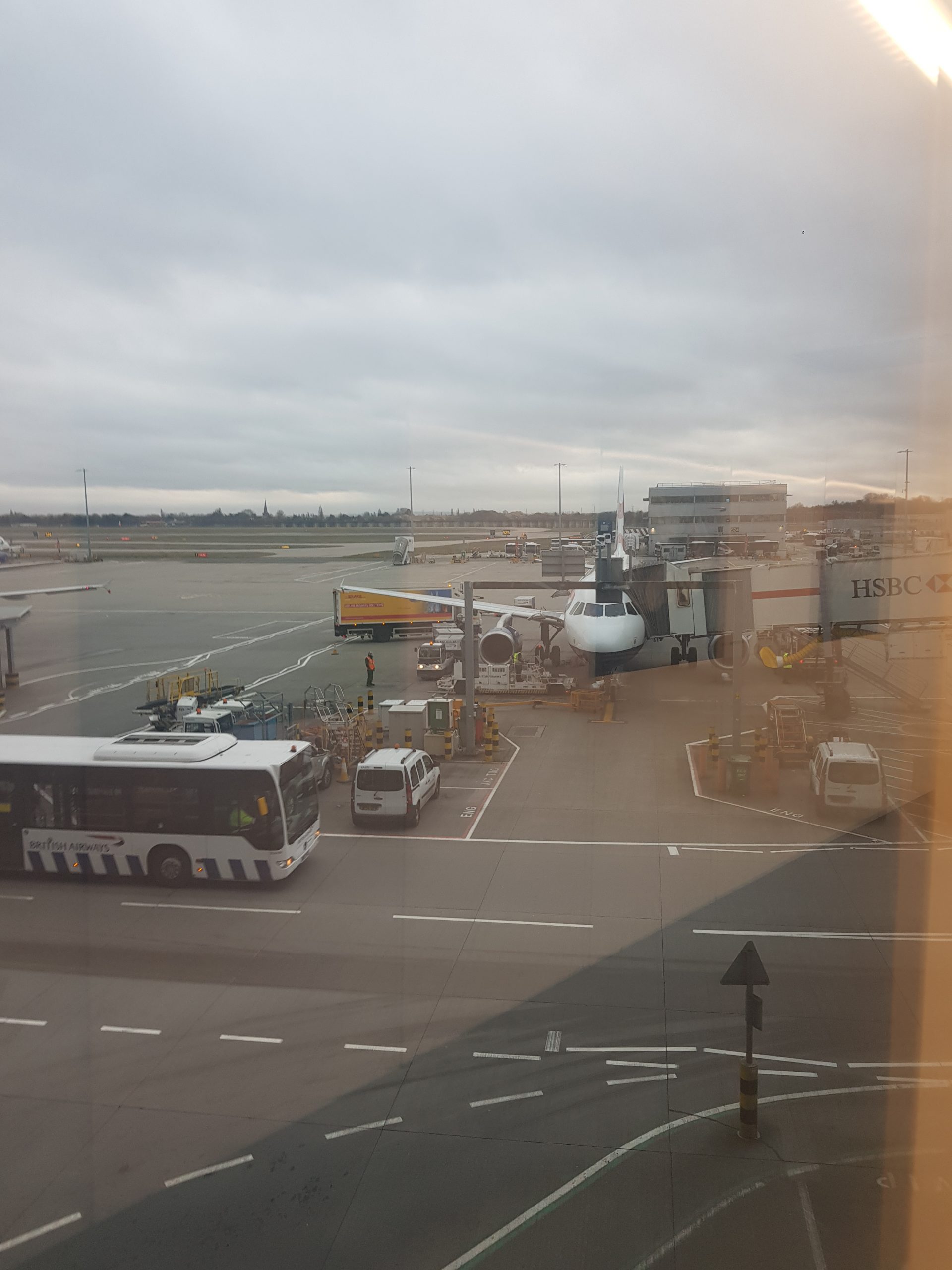Warsaw – National Museum in Warsaw (Bed from Saint John of God Hospital)
Fortunately, this isn’t the start of one of my little hotel reviews (I would be annoyed if that was the bed), but from when Richard and I meandered along to the National Museum in Warsaw a few weeks ago. I admit that a photo of a bed might not appear to be riveting blog content, but this oak and birch construction has some charm to it I think. It’s from the Saint John of God Hospital in Warsaw and it dates to between 1757 and 1760. It was donated to the museum in 1931 by the hospital itself, when I assume that it ceased to be needed.
How on earth this bed survived is a mystery to me, given that nearly everything else in Warsaw was destroyed during the Second World War. And there were likely many more items in the collection that the museum would have focused on saving rather than traipsing a bed around the place during the traumatic war years. I’m going with the answer, as I feel I need a supposition here, that they moved it to the cellars of the museum where it avoided damage and didn’t attract the interest of any Nazi plunderers.
Back to the hospital itself though, which was first built in 1728 next to the church of Saint John on Bonifraterska Street (which is still named after the Brothers Hospitallers of St. John of God) in Warsaw. It had eight beds, but it was clear that the church could help more patients, so they constructed a new building in 1760 which would support 34 patients. And that’s why they know when this bed was made, as it was made specifically for the new hospital building, all funded by the wealthy August Aleksander Czartoryski.

Like most places in Warsaw, the hospital and church buildings were badly damaged during the Second World War, not least because they were used by the Home Army in the Warsaw Uprising of 1944 when they were fighting back against the German occupiers. It was decided that the hospital wouldn’t be reconstructed following the end of the conflict, although the church was rebuilt.
And I think there’s some magic here, that a bed constructed for patients in 1760 has managed to survive and is now tucked away in a corner of the country’s national museum. Although, and not wanting to be negative about the arrangements, it does look like quite a small bed which might not have entirely suited any tall patients. It is though perhaps one of the very few objects that remain of a hospital that helped so many people given that even the building itself has now gone.





